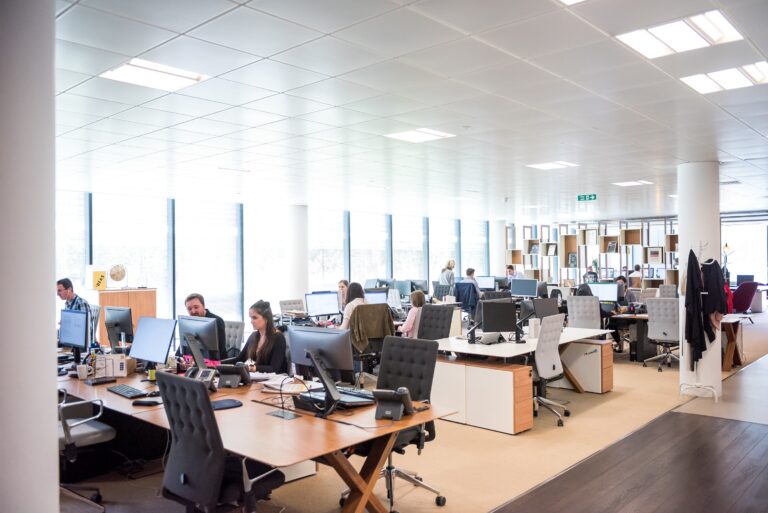Let’s begin with what sound masking isn’t.
Sound masking is not white or pink noise played back at high levels. It’s not noise cancellation as seen on some headphones, and it’s not sound proofing.
Sound masking can be simply defined as the addition of a specially engineered noise (or sound) into a space (or area) that reduces the intelligibility of human speech.
The sound masking ‘noise’ is created by a controller device, which is connected to a number of discrete emitters (loudspeakers). The emitters are evenly distributed within any area that requires treatment.
Sound masking emitters are fitted and installed into ceiling spaces or under the floor. The low-level, unobtrusive noise that is generated can be described as replicating that of an air conditioning unit, with the natural ‘air flow’ sound rarely even noticed when in operation. In many instances, people within a treated area are completely unaware sound masking is actually in operation!
Research identifies that ‘the number one complaint in an office environment is the distraction caused from colleagues’ conversations and verbal outbursts’. This is ultimately having a negative impact on employees’ work duties, performance, productivity and wellbeing.
A correctly installed sound masking system creates an acoustically comfortable environment that is free from the distraction of other people’s conversations. This in turn has proven to increase workplace productivity and employees’ ability to work accurately, efficiently and within a timely manner.
Furthermore, with the inability to understand conversations (as the masking noise emitted into the space makes conversations inaudible), speech privacy is greatly increased.
In essence, private conversations are not overheard by others. A lack of speech privacy means that people can and will listen to conversations they shouldn’t be, often picking up on confidential and sensitive information.
When the subjects of conversations, meetings or personal consultations need to remain private, installing a sound masking system into an area of unintended listeners effectively ensures they will be unable to understand what is being said. Speech will be apparent, but crucially the actual words being spoken will not be. If private speech cannot be comprehended, then it cannot be overheard.
In summary, the two key benefits of sound masking are:
1. Removes distractions (thus enhancing productivity and wellbeing).
2. Increases speech privacy and confidentiality.
These are just some of the many applications that can benefit from Sound Masking solutions:
Business/corporate/industrial – boardrooms, call centres, conference rooms, huddle spaces, hangouts, meeting rooms, open plan offices
Education – break-out areas, examination areas, libraries, staff rooms, study spaces
Healthcare – consultation areas, corridors, multi-bed wards, waiting rooms





